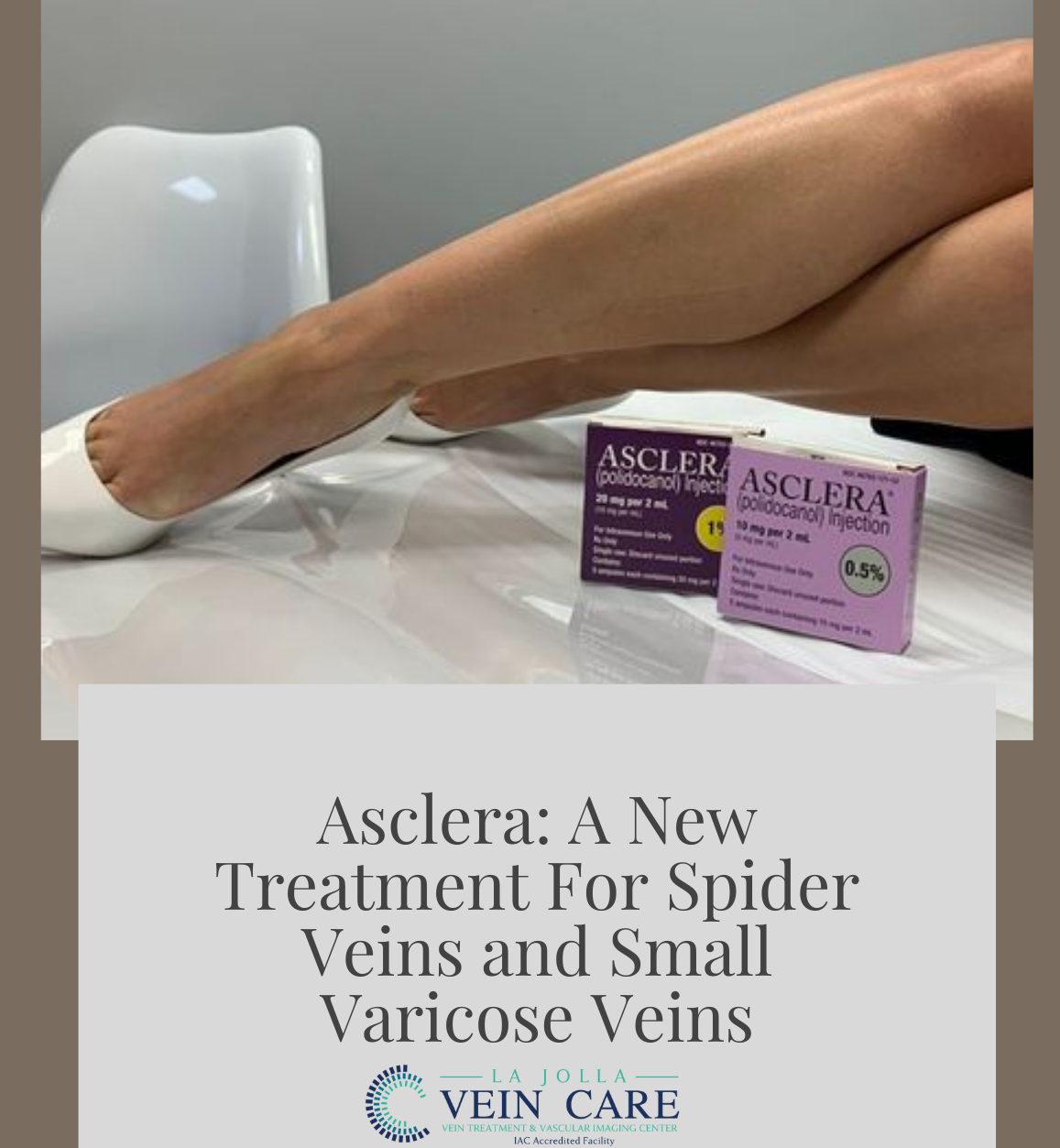Chronic Vein Insufficiency
LJVascular2023-01-14T13:00:57-08:00Chronic venous insufficiency
What is chronic venous insufficiency?
Chronic venous insufficiency (CVI) is an inflammatory condition caused by long standing, untreated venous reflux disease. Commonly, venous reflux disease causes a collection of symptoms such as leg swelling, heaviness, fatigue and varicose veins. But, over time, when blood is no longer circulating properly in the leg […]












